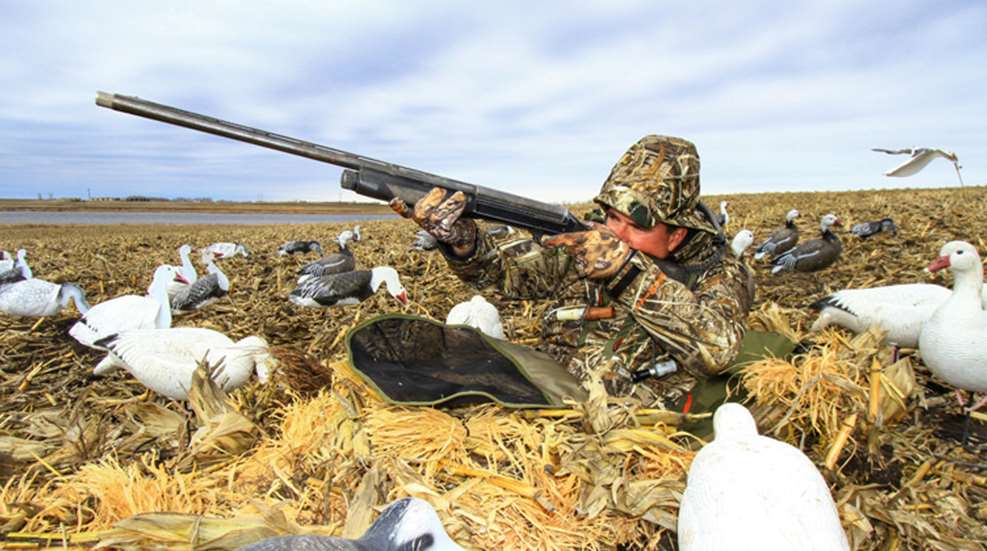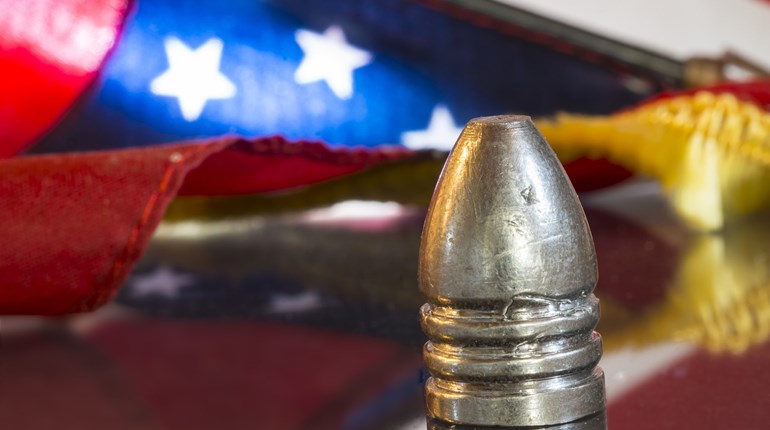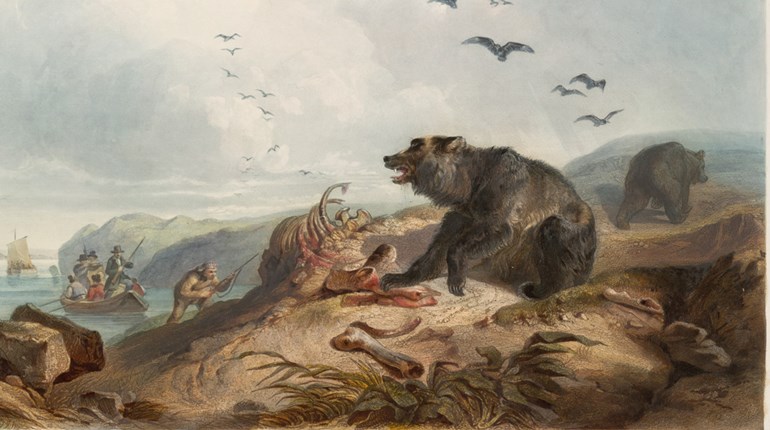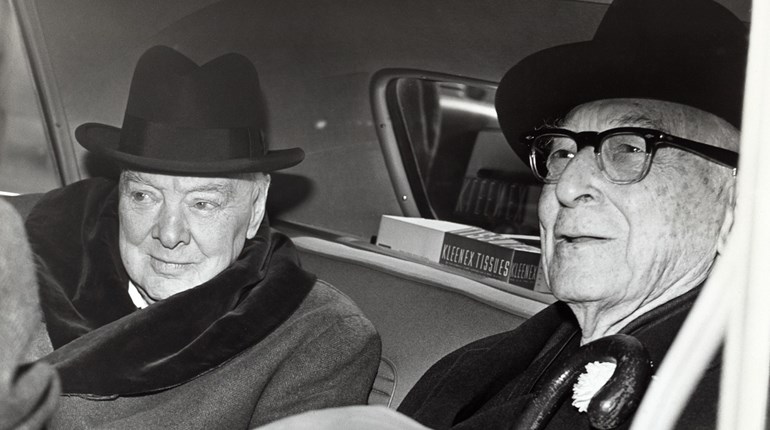
Think you’d like to be a professional hunting guide? After all, you’d get to go hunting most every day of the season, right? If that is what you believe guiding is all about, you might want to think twice.
Jason Mitchell, of Devil’s Lake, North Dakota, guided hunters and fishermen full-time for 15 years, a guiding career that morphed into outdoors TV. Jason and his TV crew now produce two series of outdoor shows annually, and have been doing so for the past nine years. Jason Mitchell Outdoors (fishing) and Passion for the Hunt (hunting) both air across the Midwest on Fox Sports North and Fox Sports Midwest.
Mitchell remembers his guiding days fondly. “I really enjoyed guiding, mainly because I enjoyed the many people I met,” he said. “So if you don’t like working with people, you probably wouldn’t enjoy guiding much. After my TV career, I hope to return to guiding again someday.”
Mitchell was primarily a waterfowl guide, taking hunters to some of the best mallard, Canada goose and snow goose hunting North Dakota has to offer. There is no doubt he enjoyed the fantastic shooting, but he tells it straight about the rigors of professional guiding.
“Guiding involves very long days of hard work, every day,” he said. “If you’re a professional guide and you’re not out guiding on a particular day, you’re not making any money.”
As a waterfowl guide, Mitchell would get up at four or five a.m. “We did mostly field hunting, so we were setting out large decoy spreads every morning and that takes time,” he said. “I’d set anywhere from two or three dozen decoys for mallards to more than 1,000 decoys for snow geese.”
After the morning hunt, which was hopefully successful, Mitchell would try and catch a short nap during early afternoon. “But most days that didn’t happen,” he said. “It seemed there was always something to do: repair equipment, call clients, that sort of thing...”
The late afternoons Mitchell reserved for scouting birds and formulating a game plan for the following morning. That evening, he would meet with his next-day’s customers, usually three to six hunters, and review the game plan. Then it was off to bed for a few short hours of sleep, only to arise early the next day and do it all over again. He kept that daily schedule for more than two months each fall—75 to 80 days of actual hunting—with very few days off.
After the waterfowl seasons ended, Mitchell guided ice fishermen on Devil’s Lake an estimated 100 days per year, followed by more than 100 days of open-water guiding. “Add it all up, and guiding full-time doesn’t leave time for much else,” he said. “But you gotta stay busy if you want to make a living at it.”
Mitchell believes a guide also has to be flexible. “You do whatever you have to, legally and ethically, to get clients a shot at game,” he said. “Being at the right place at the right time is half the battle, which is where daily scouting comes in. And, at times, you’re not dealing with the most experienced hunters, which can make a particular guiding day that much more challenging.”
Sometimes, hunters can be too experienced; or at least think they are. Mitchell related the following anecdote to prove his point.
“A new client and I were field hunting mallards from side-by-side layout blinds,” he remembered. “I always review gun safety measures with all my clients before any hunt, so when I looked over at this other hunter lying a few yards from me and saw that his shotgun muzzle was not pointed downrange, but rather right at my head, I was obviously concerned. I got up, walked over to him, and explained the safety procedures again.”
But within just a few minutes, the other hunter’s shotgun was once again pointed at Mitchell. “So I got up and walked over to him a second time, and repeated what I wanted. That’s when he told me, using a few choice swear words, that he’d been hunting longer than I’d been alive. That may be, I said, but that doesn’t give you the right to put my life in jeopardy. I basically ended the hunt at that point and sent him on his way. I was always a stickler for gun safety and obeying game laws, and my clients knew it.”
Besides a few difficult people, another downside of the guiding profession is overhead expenses. As a waterfowl guide, Mitchell estimated he had $15,000 to $20,000 wrapped up in decoys and the trailers to haul them all. In addition, there was the cost of a four-wheel-drive pickup to pull the trailers. He also mentioned he hunted private land, and that leasing annual hunting rights can be even more costly than equipment. And then there are the smaller expenses, such as paying people to clean birds.
What else does it take to be successful at guiding? “A very strong work ethic,” Mitchell said. “The best guides I know are obsessed with doing the best job possible for their clients. It’s also important to be able to communicate well and let the little daily frustrations that come with guiding slide off.”
Mitchell said that many guys get into guiding because they love to hunt. “But your own personal hunting should take a backseat when you’re guiding,” he said. “You are being paid to help your client succeed. And to do that you have to be far enough along in your own hunting career that that doesn’t bother you.”
Mitchell said that the hunts he enjoyed guiding most involved fathers and sons or daughters—a dad who had brought a teenager along for the first time. “If the young person gets plenty of shooting and has fun, you can actually see him or her change before your eyes. You know they’ve become hooked on hunting; the day is a life-changing experience for them.”
Mitchell also mentioned the other end of the spectrum, when a hunter would bring his or her father out for a final hunt. “Maybe their dad was dealing with a terminal illness or other physical problems,” he said, “and they both know that this was likely their last time afield together. I always worked extra hard on those days to make sure the older gentleman was comfortable and would get as much shooting as possible. But at the end of such a day I always realized that a full game bag was not the point of the trip. Rather, it was the child and father simply being there, together, watching one last sunrise, their last time in the field. And I was privileged to be part of it.
That’s why I liked guiding so much…”






































